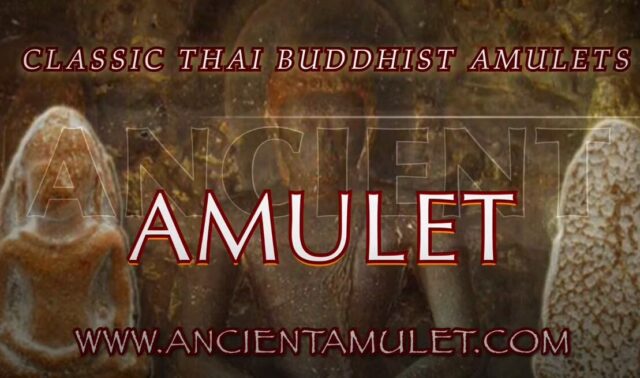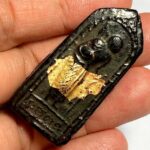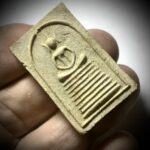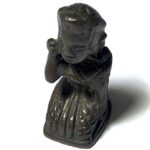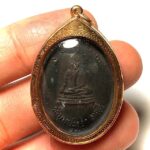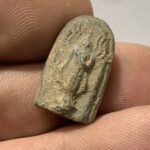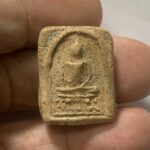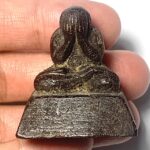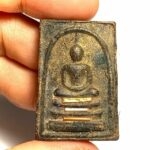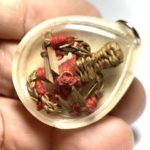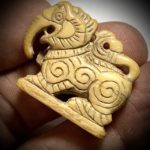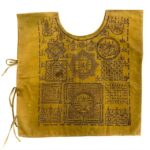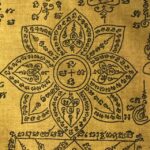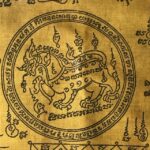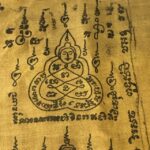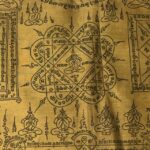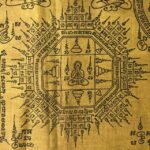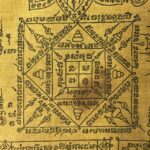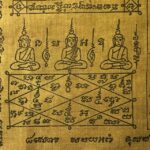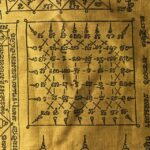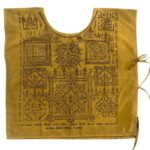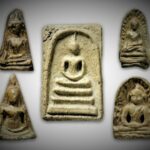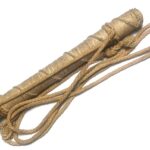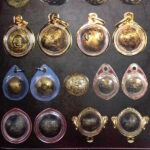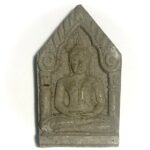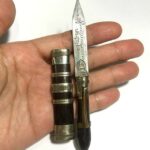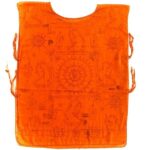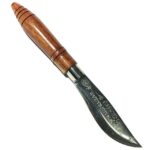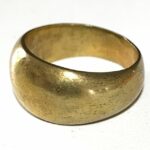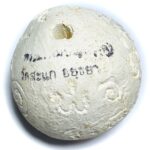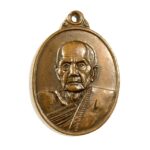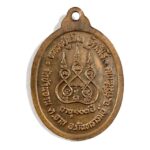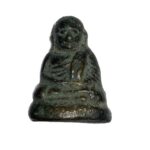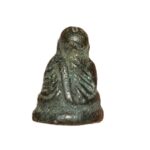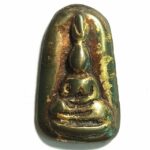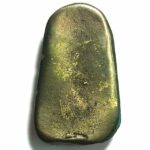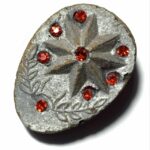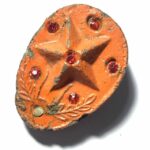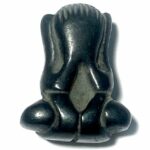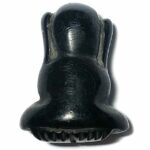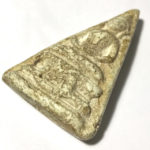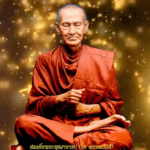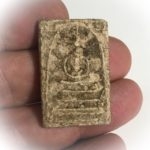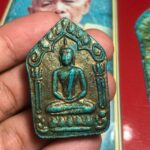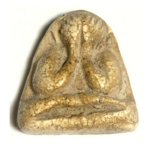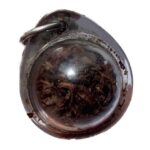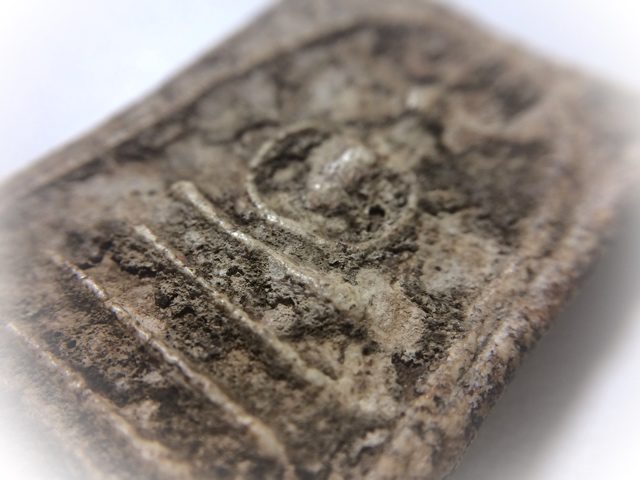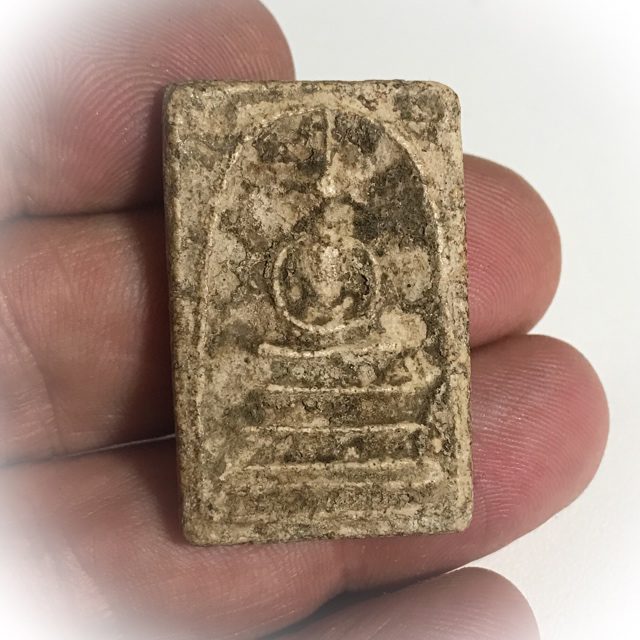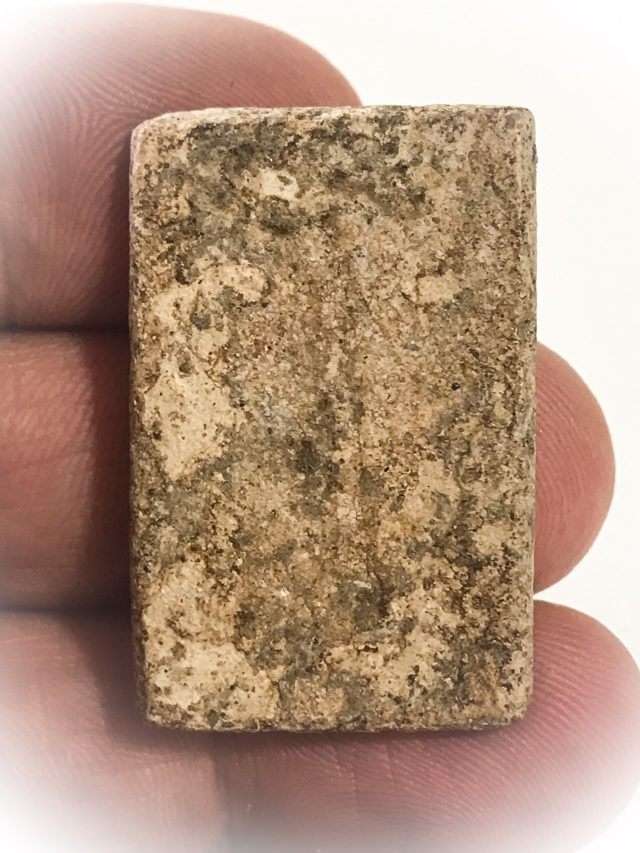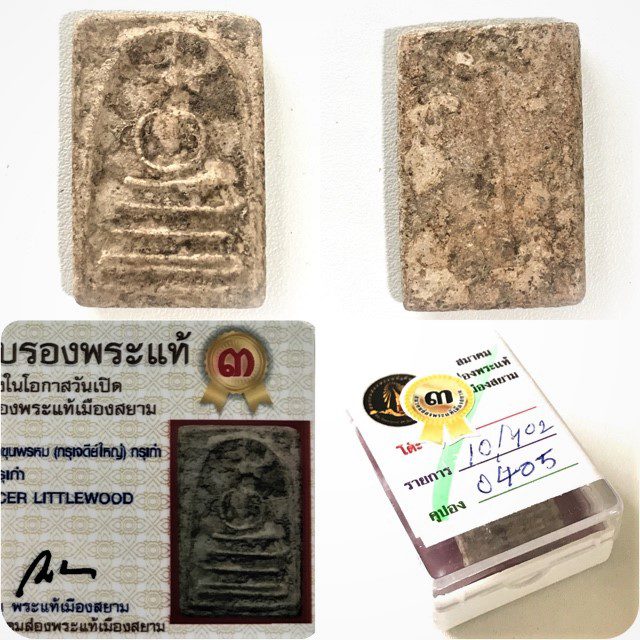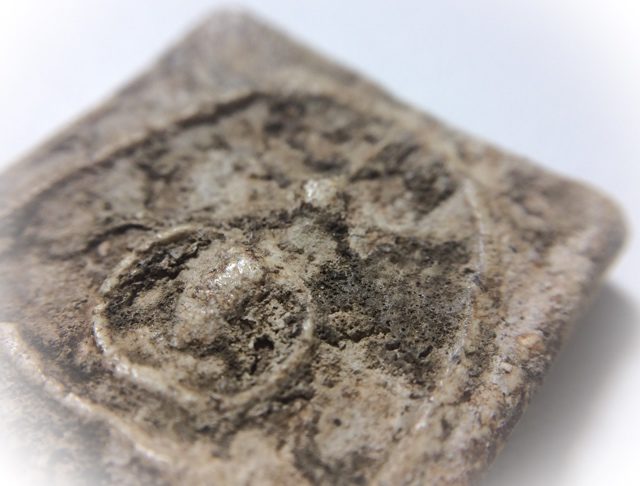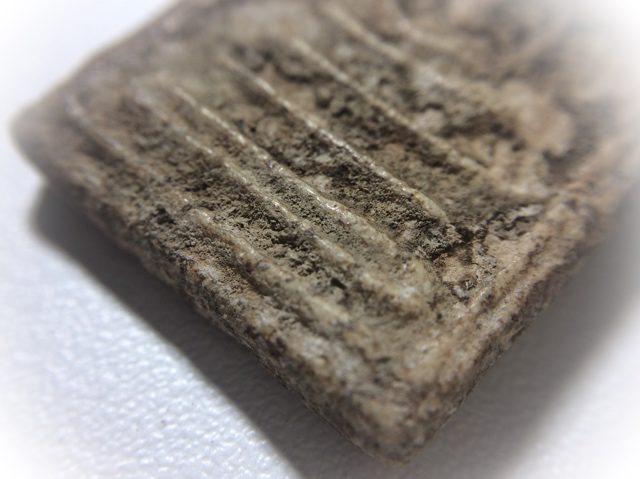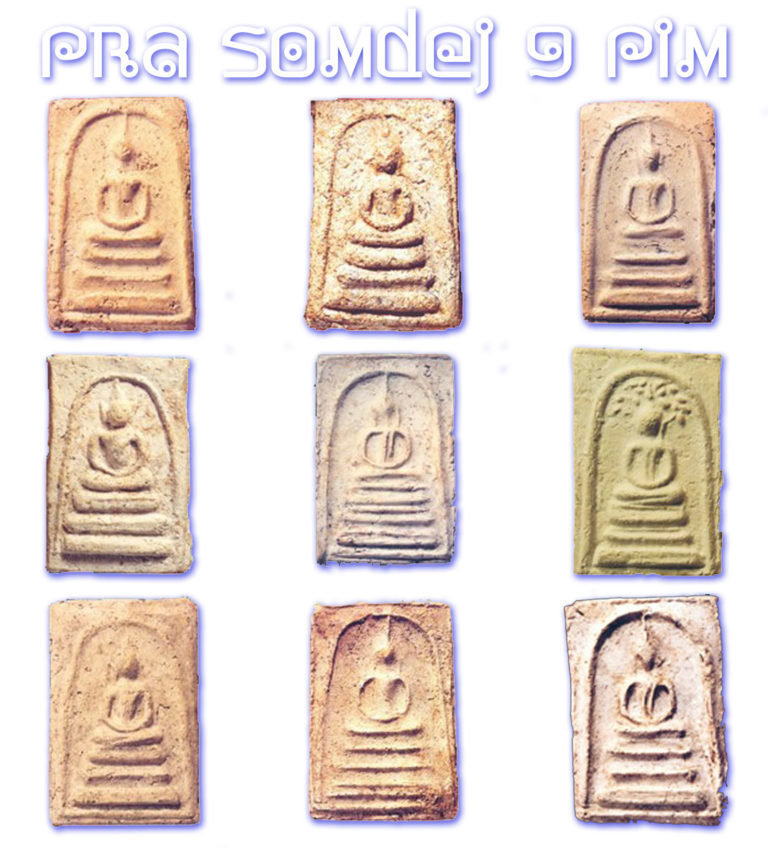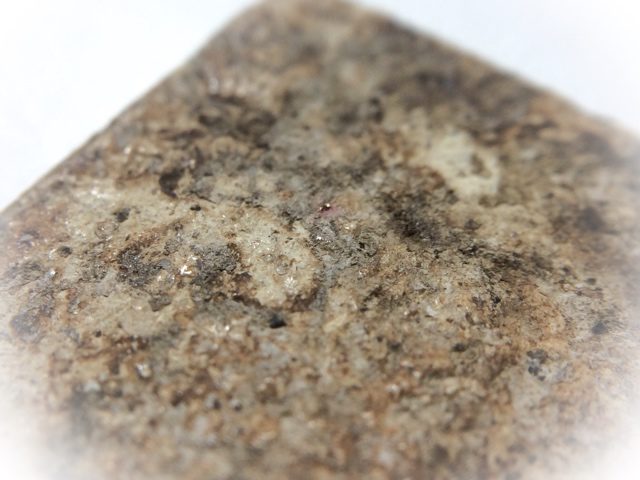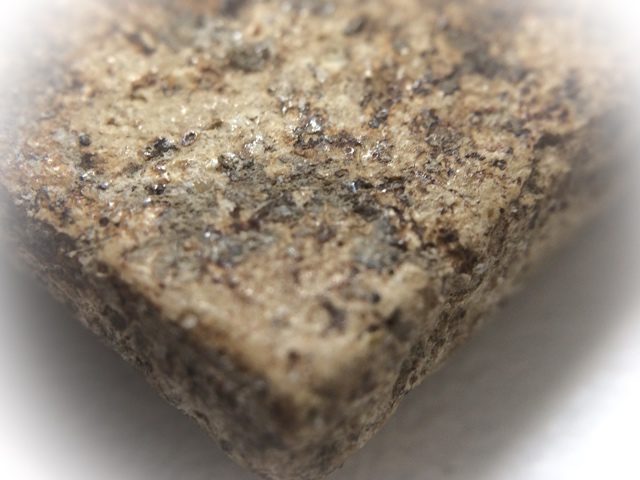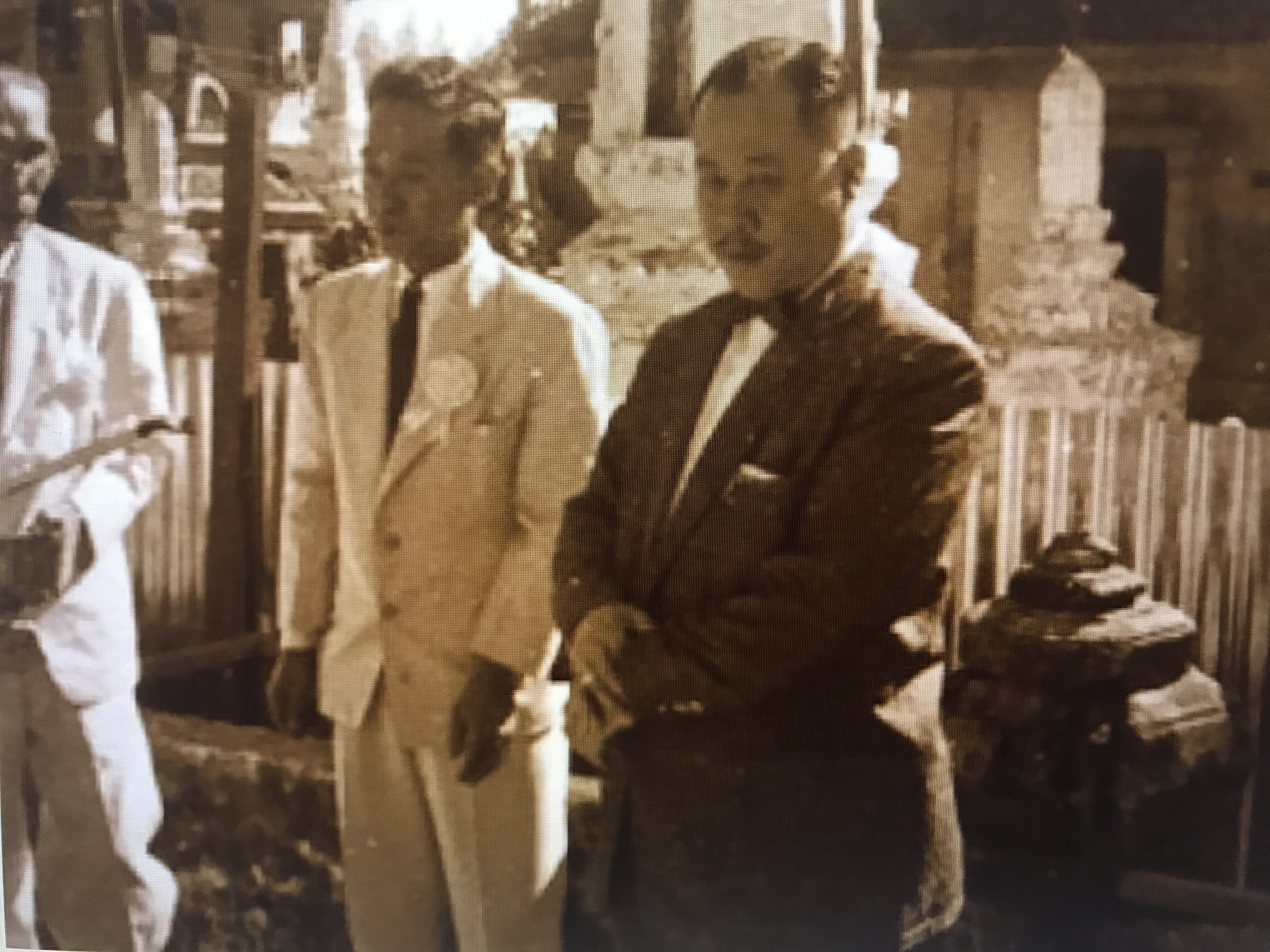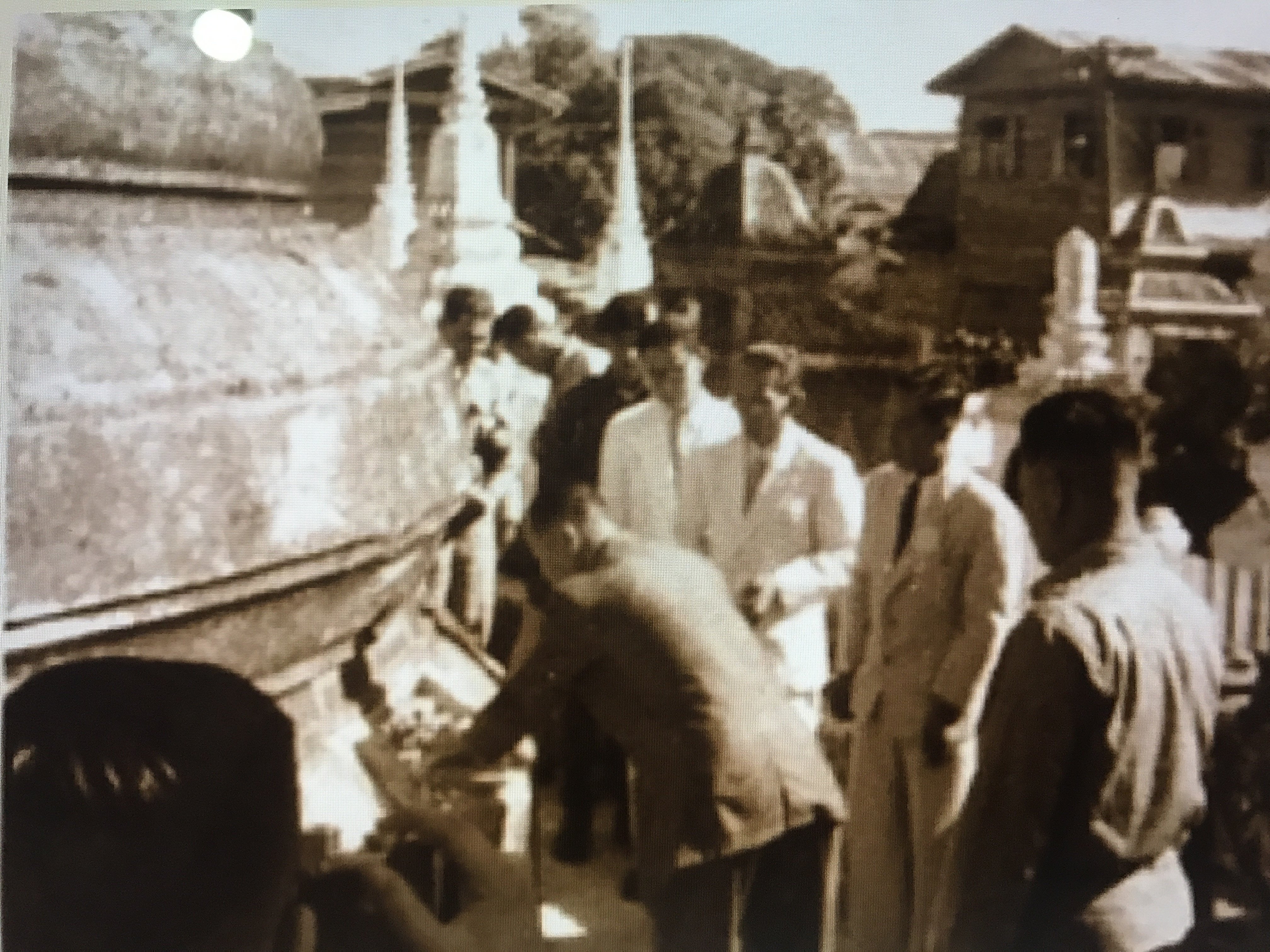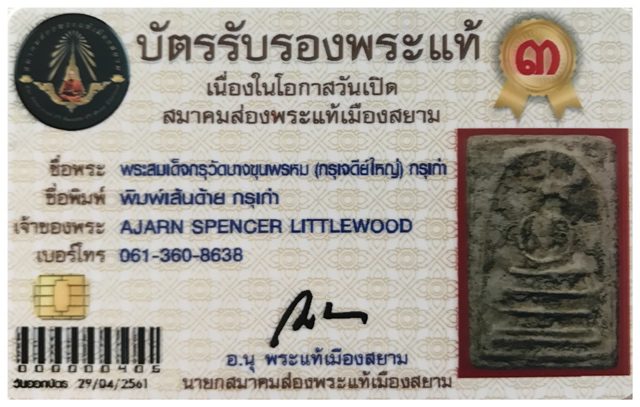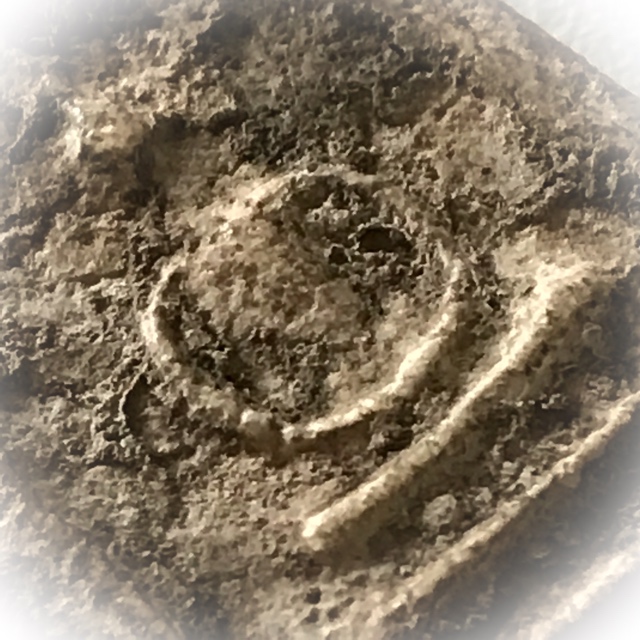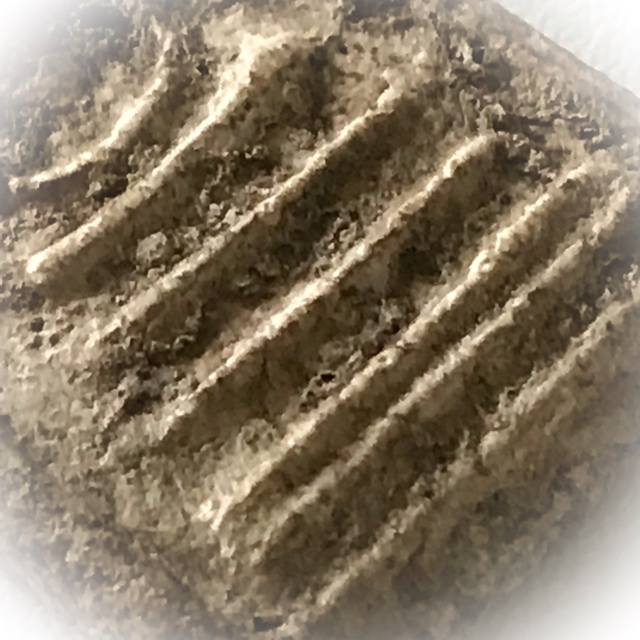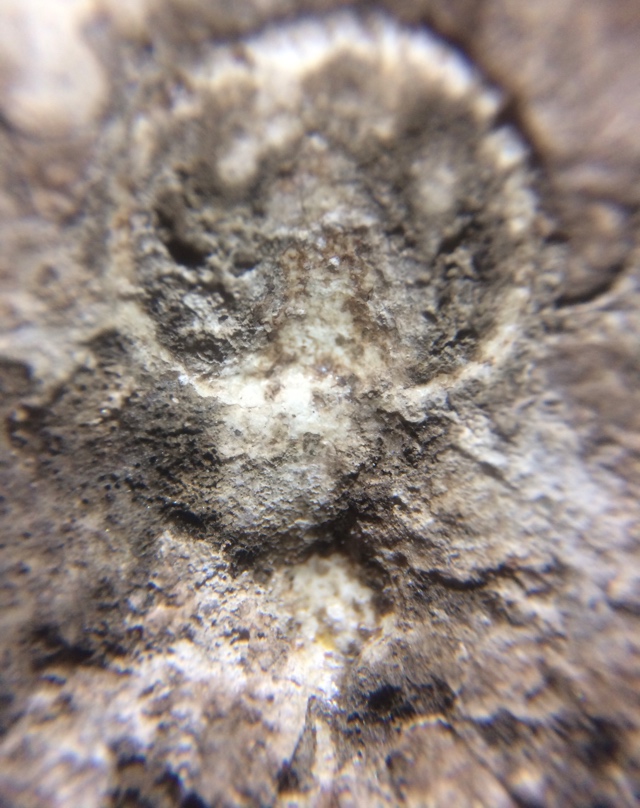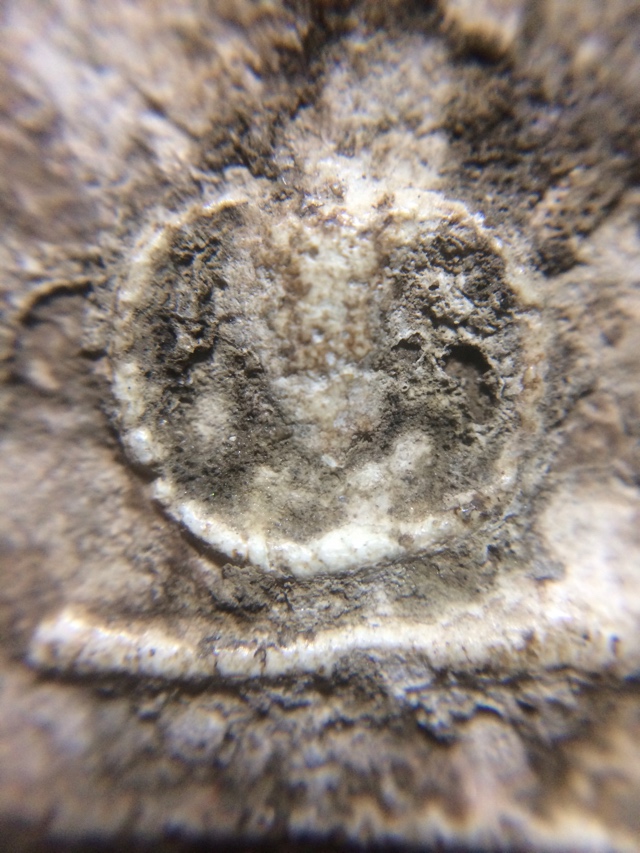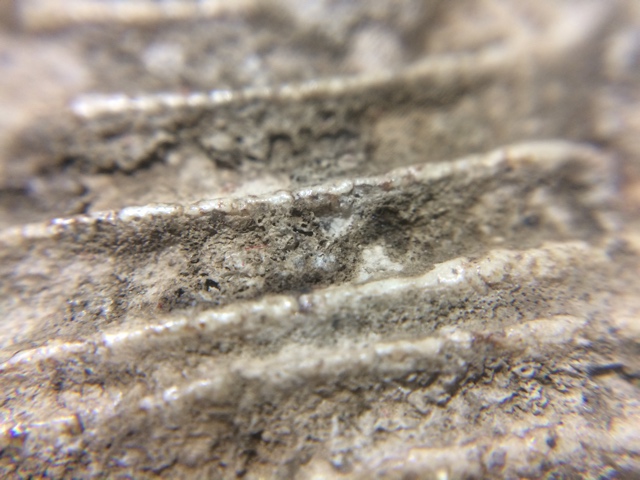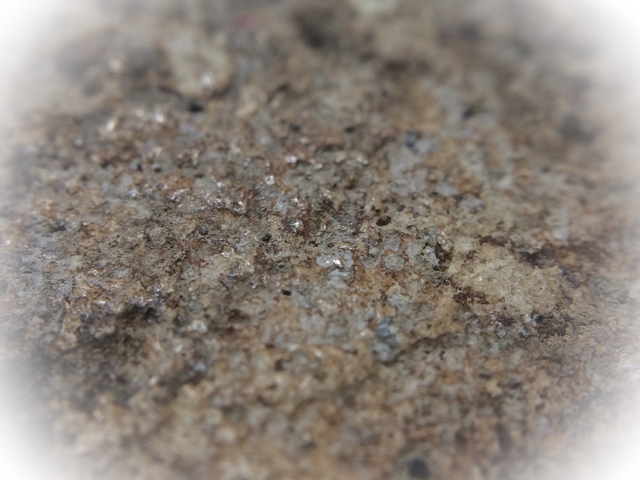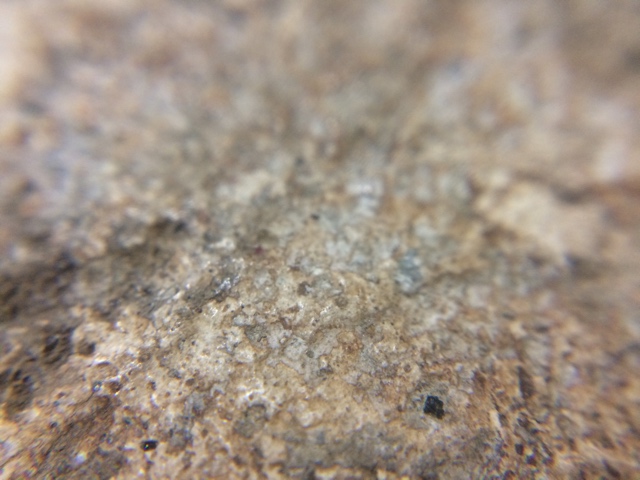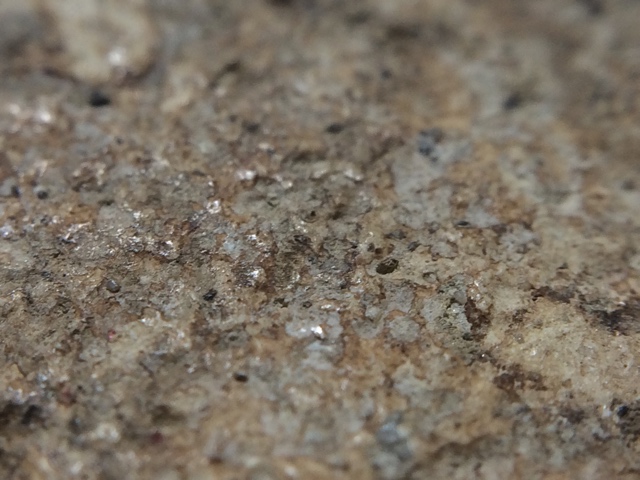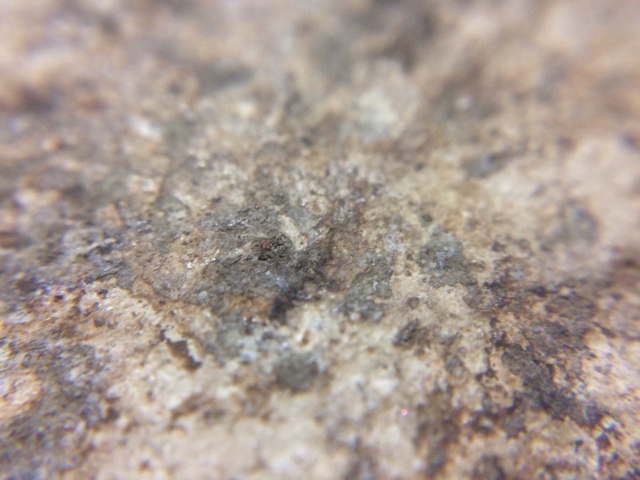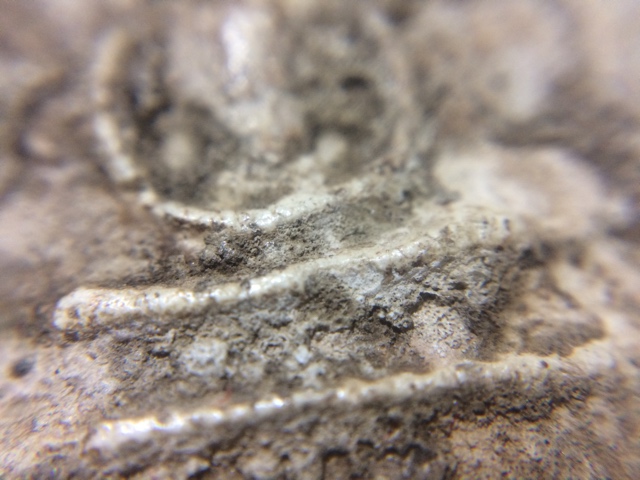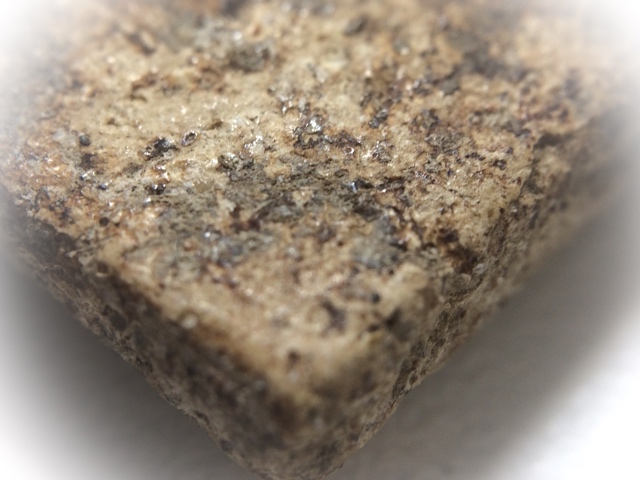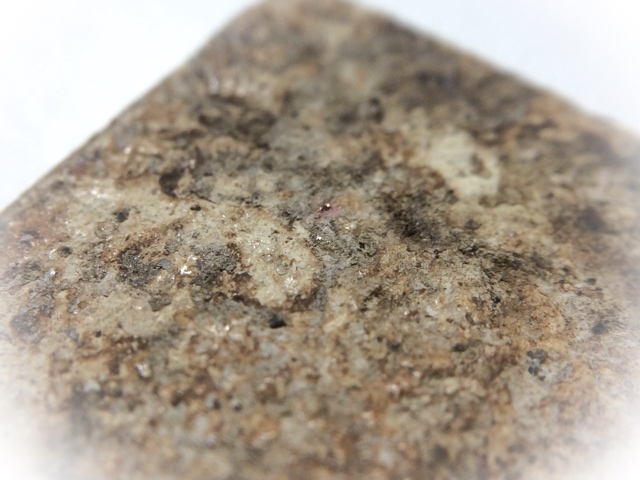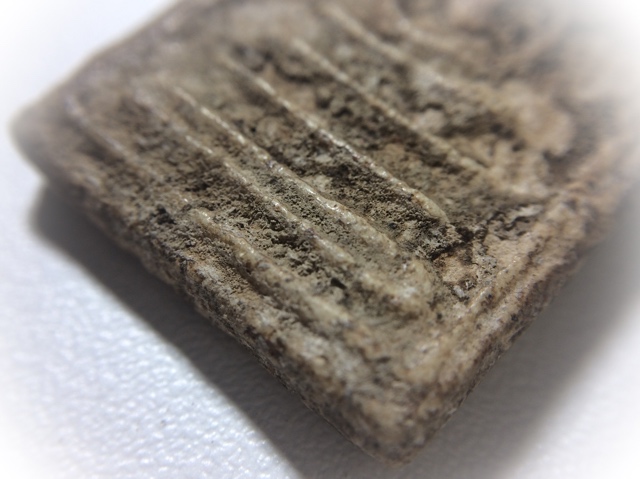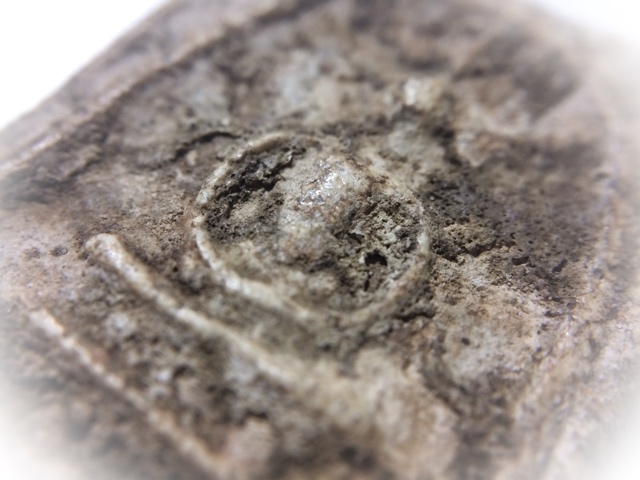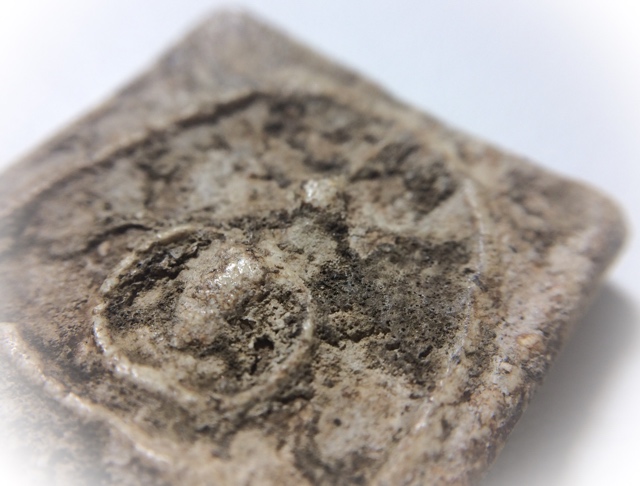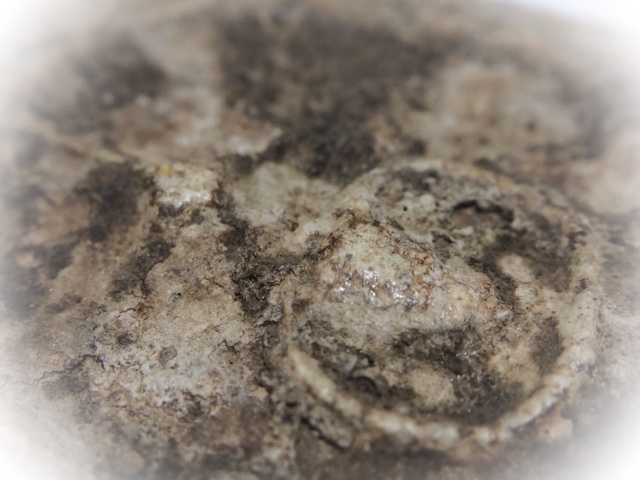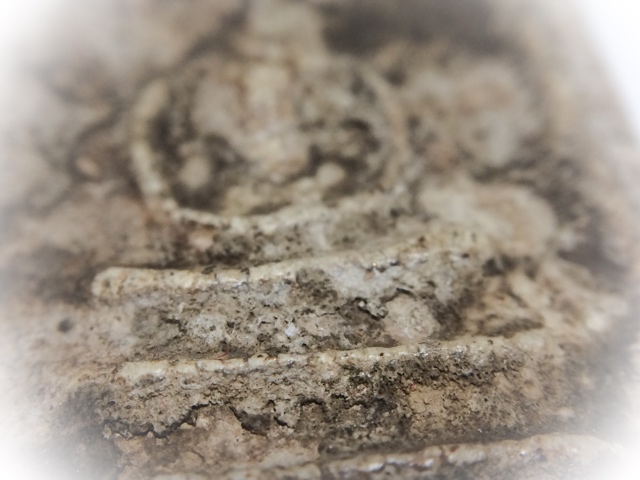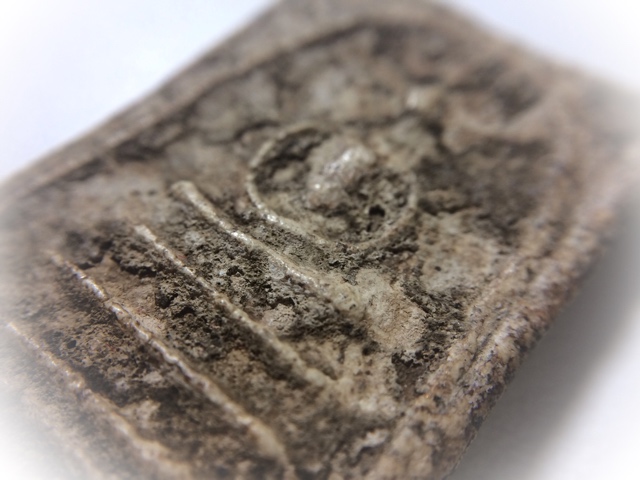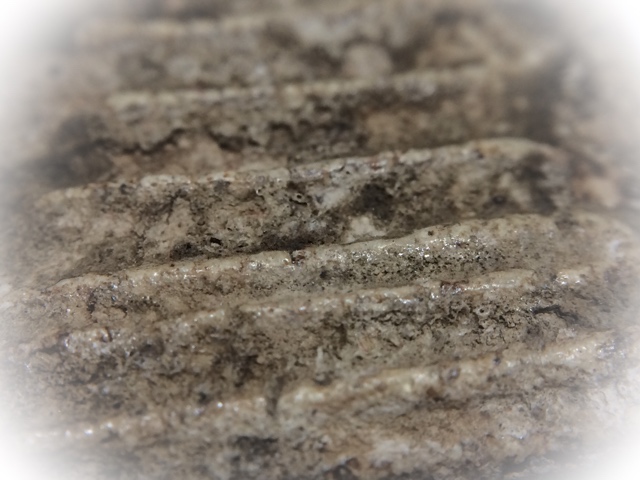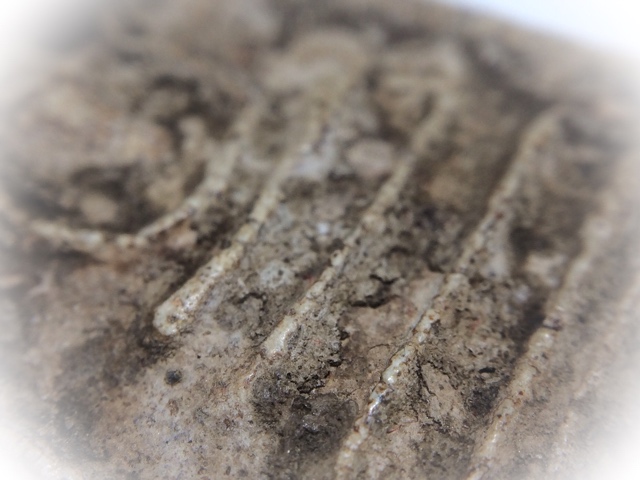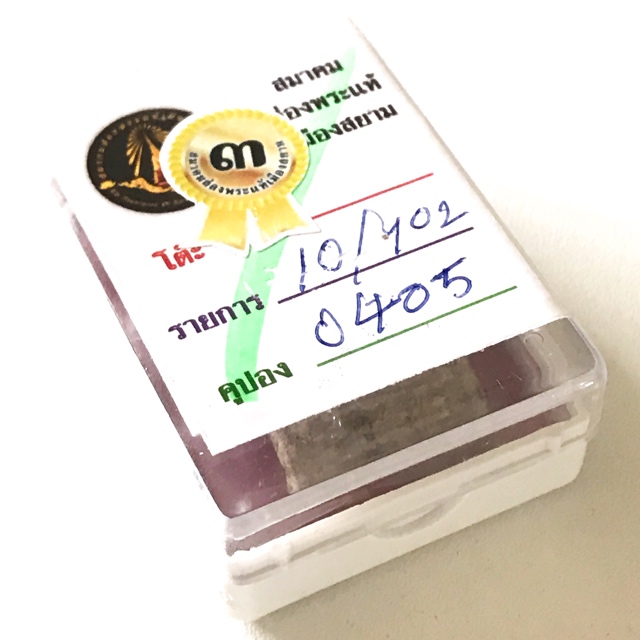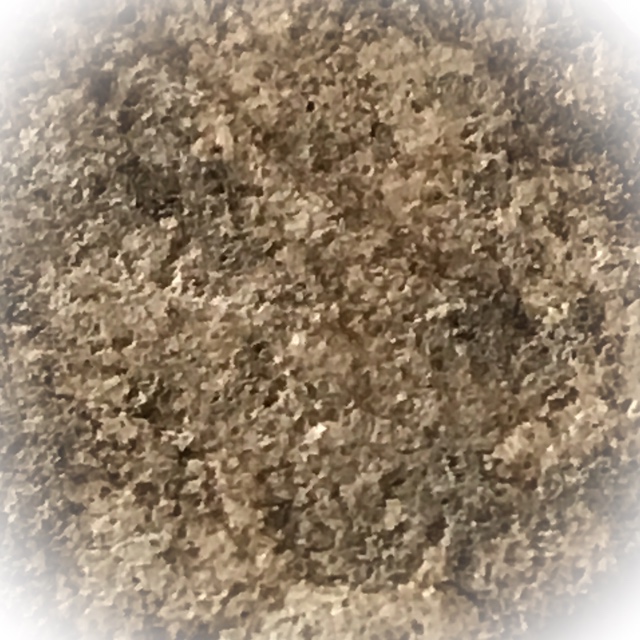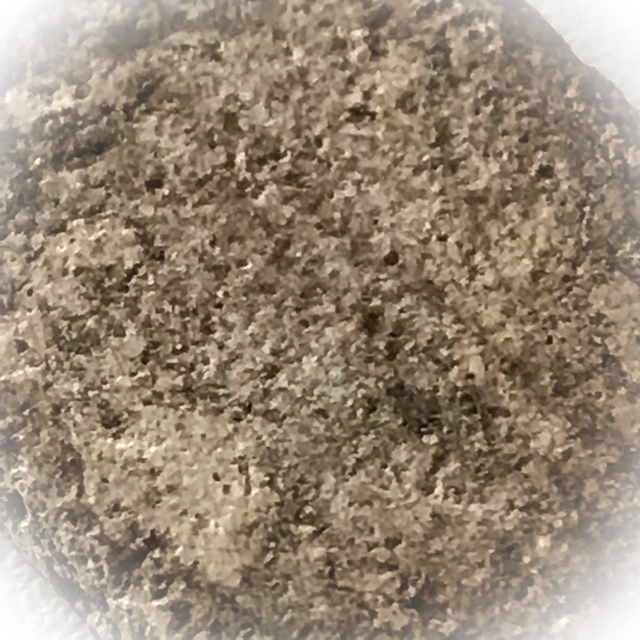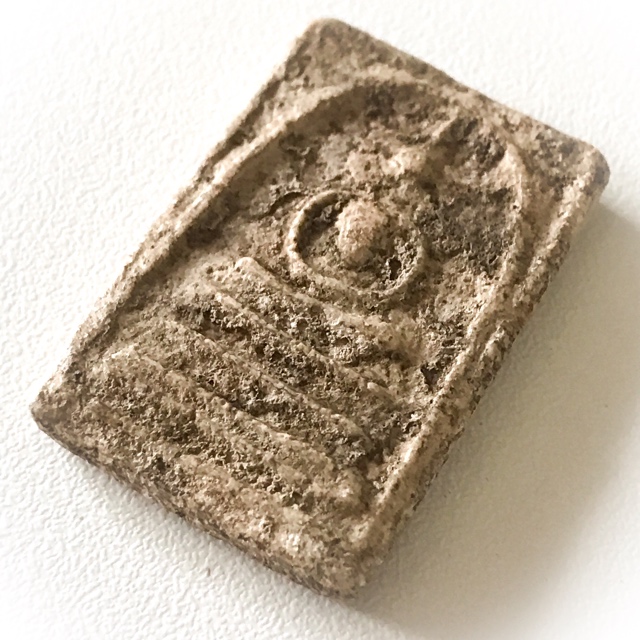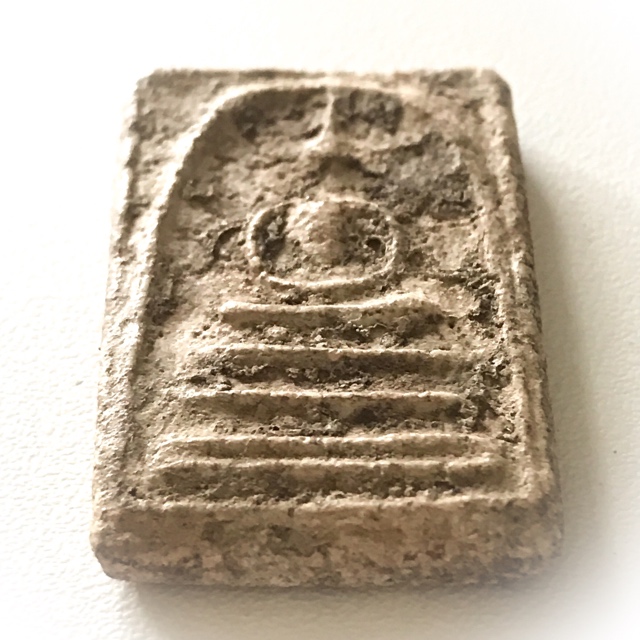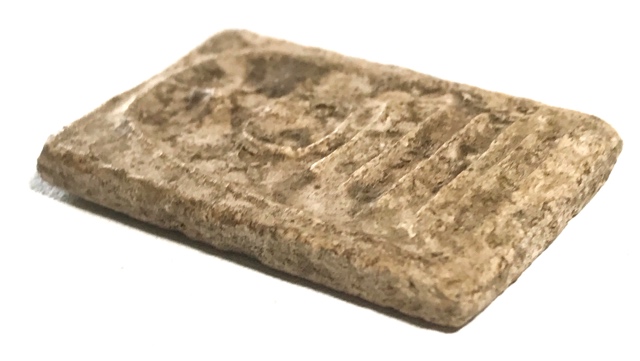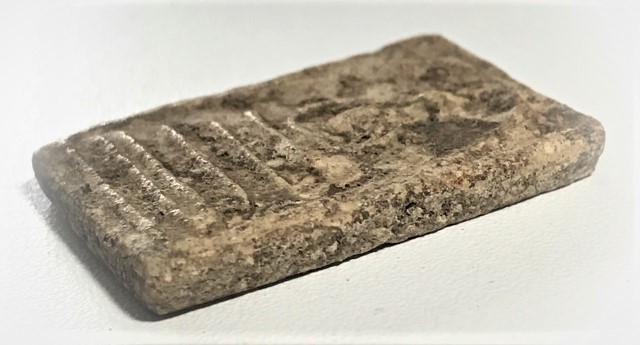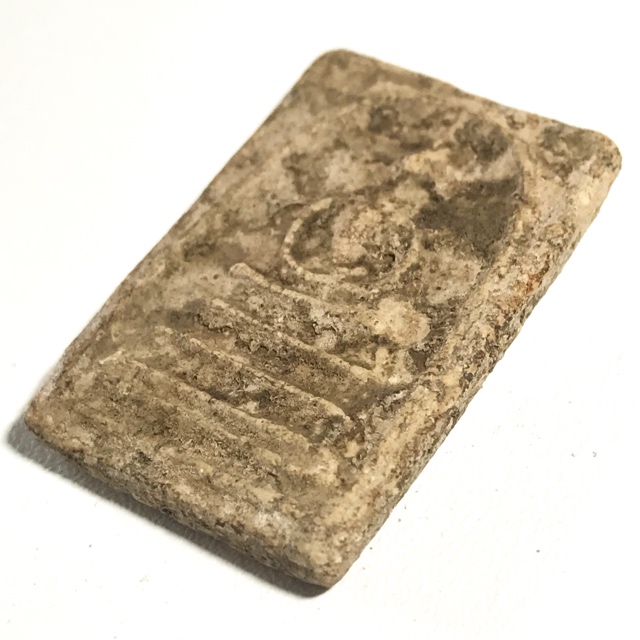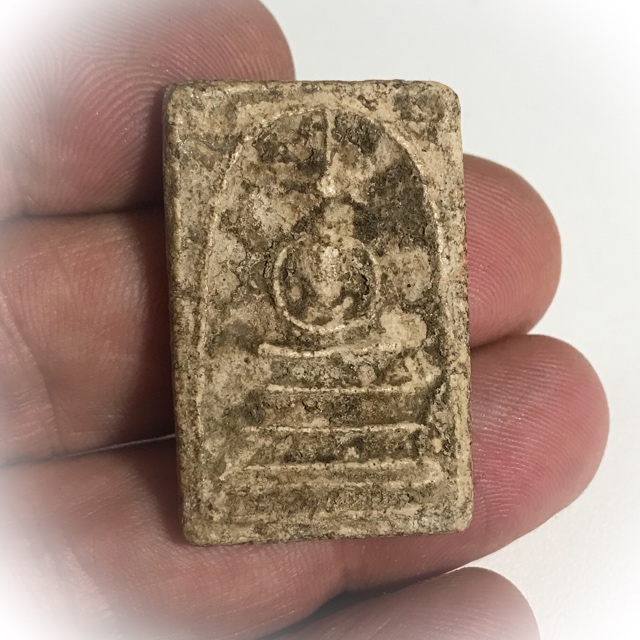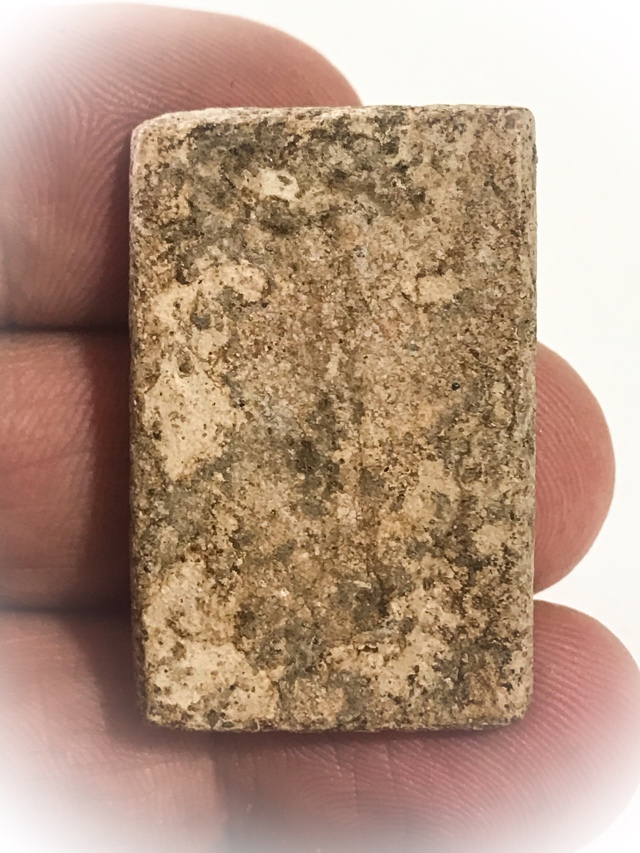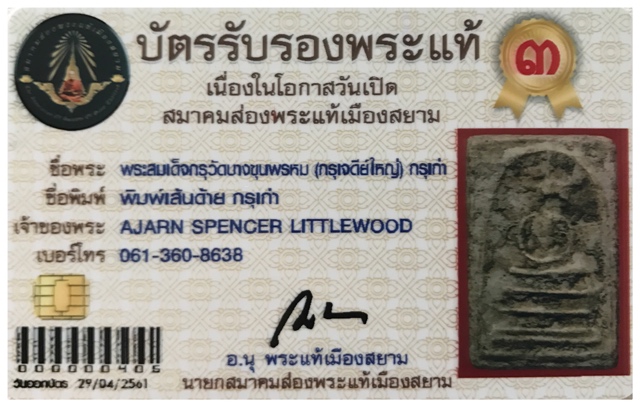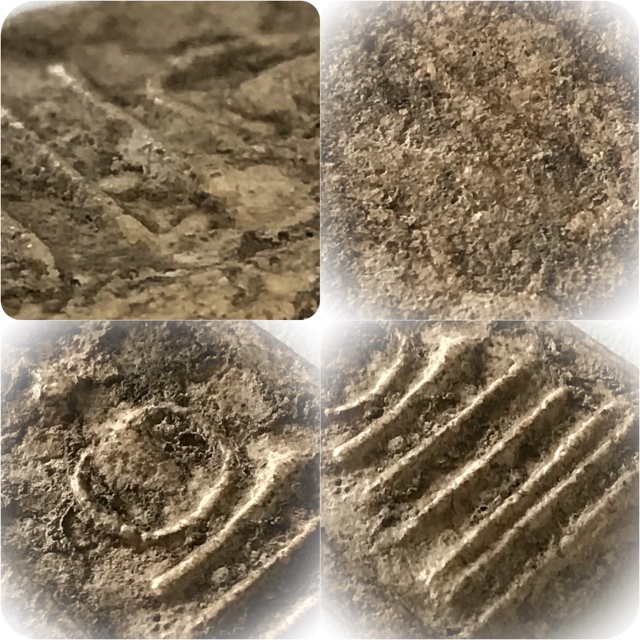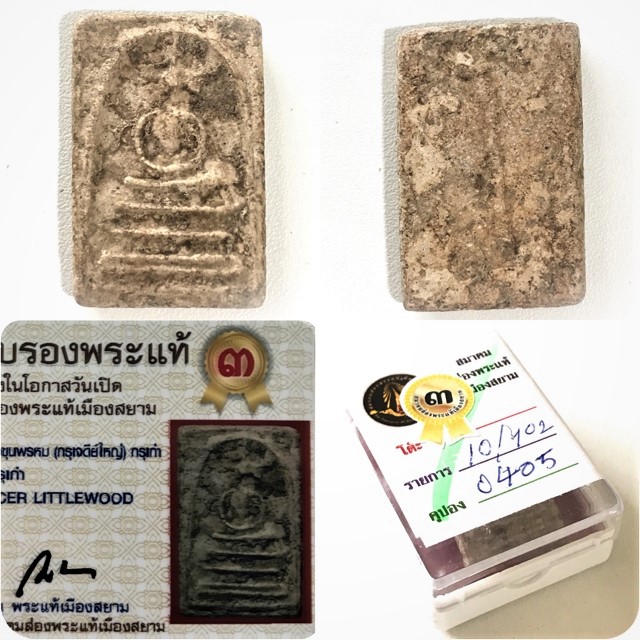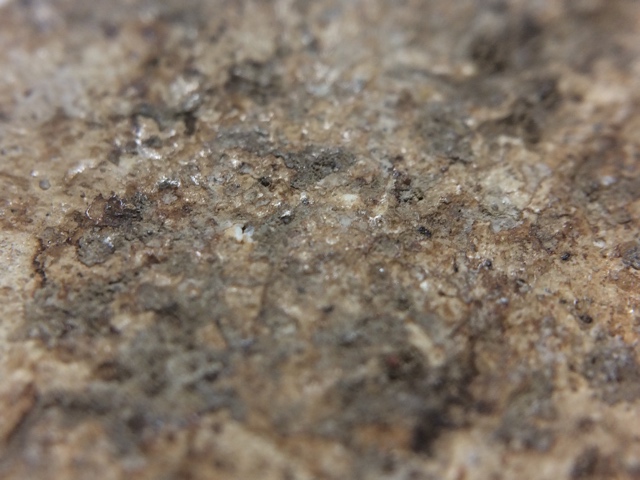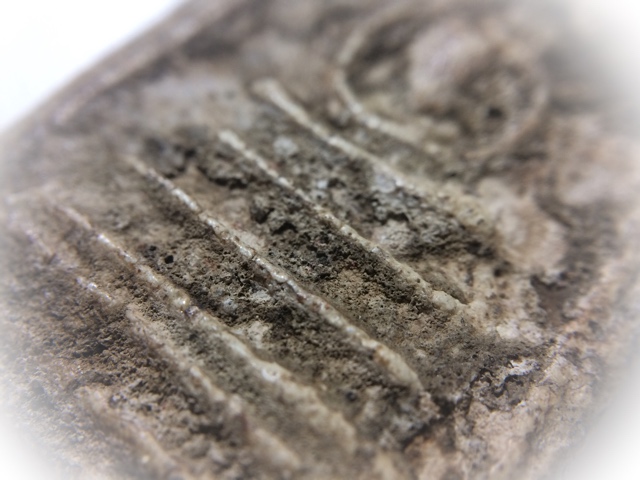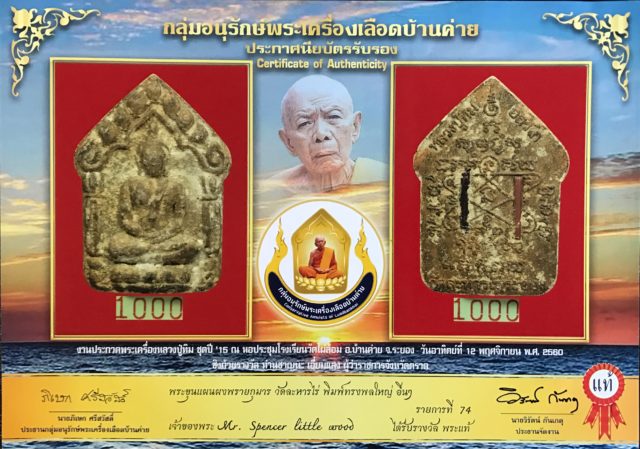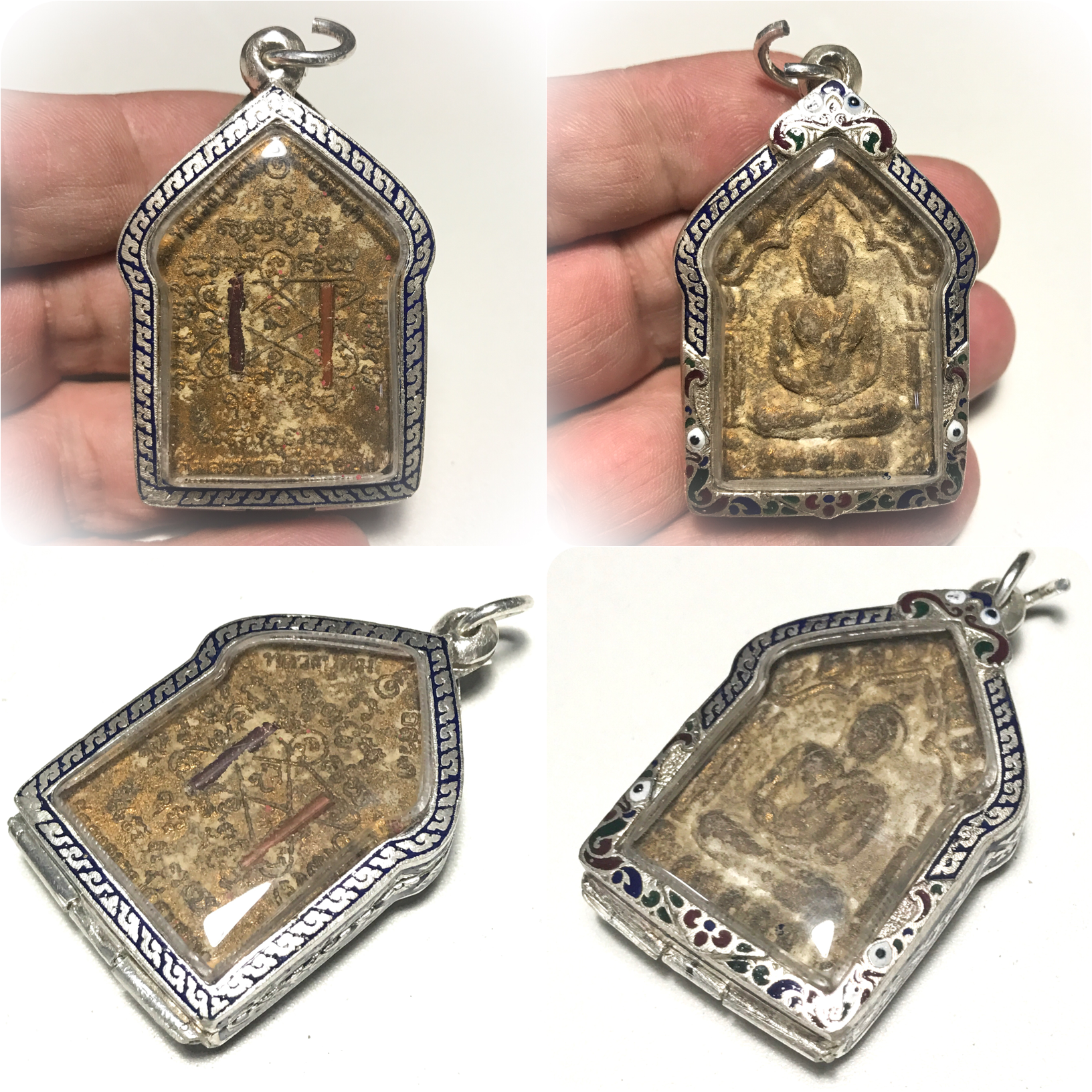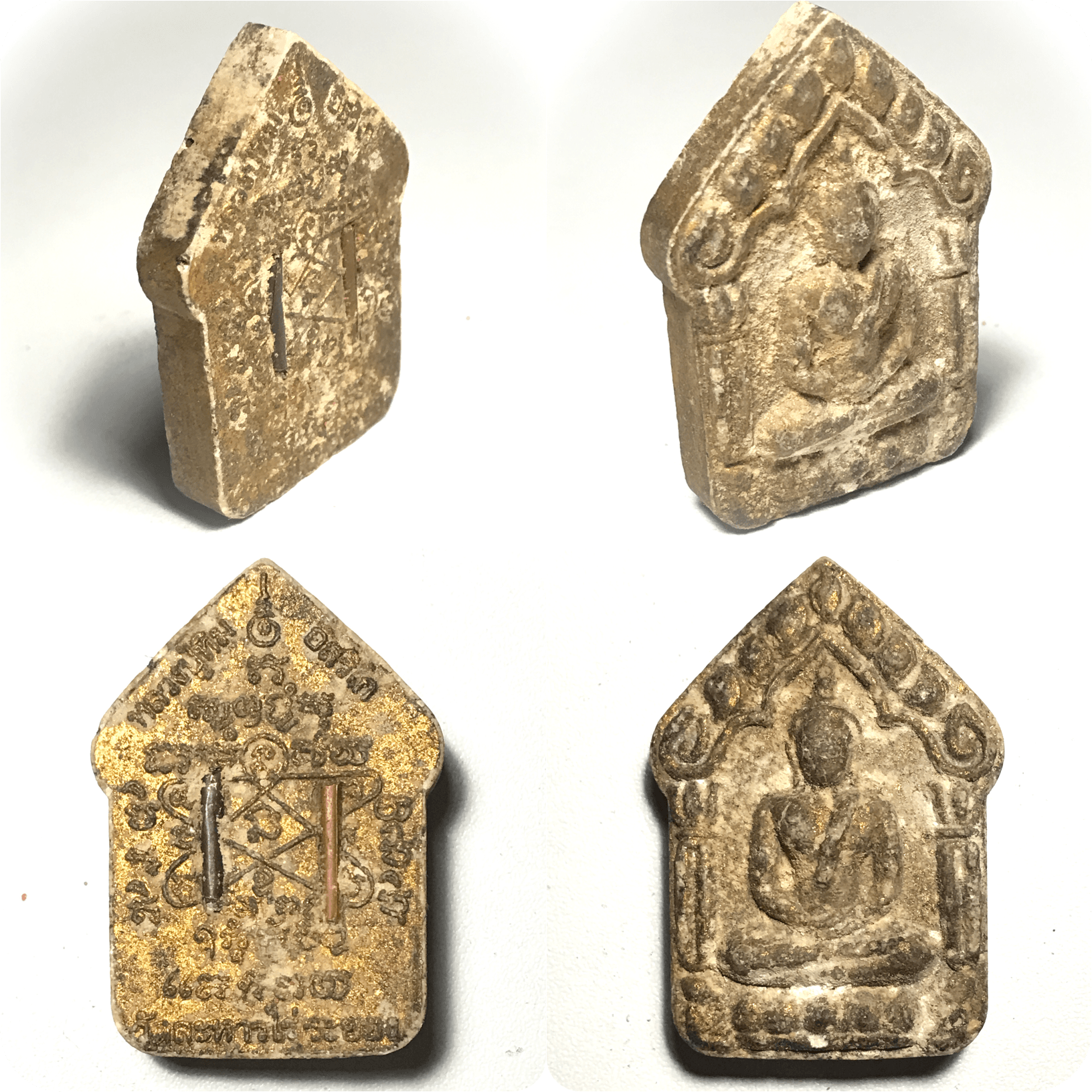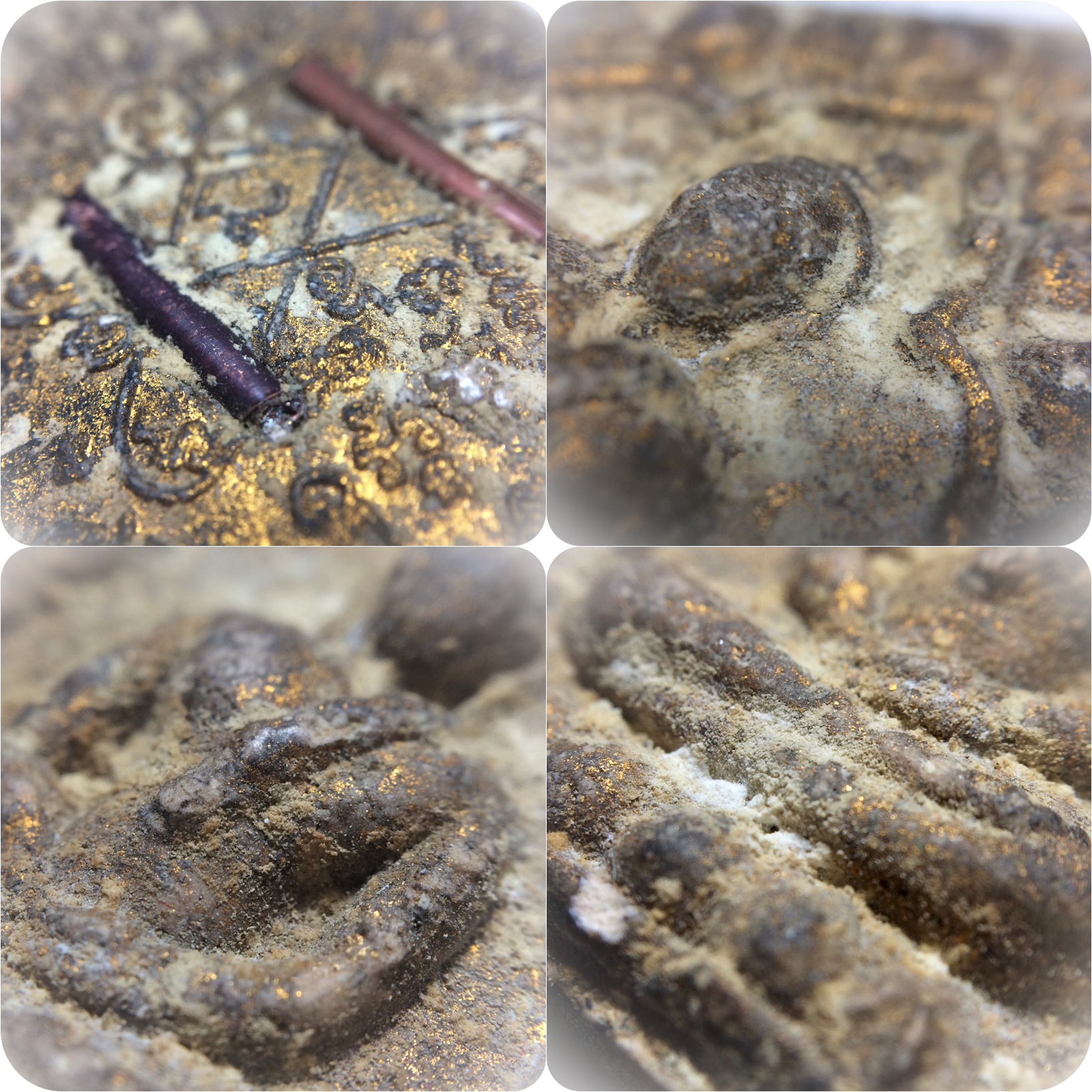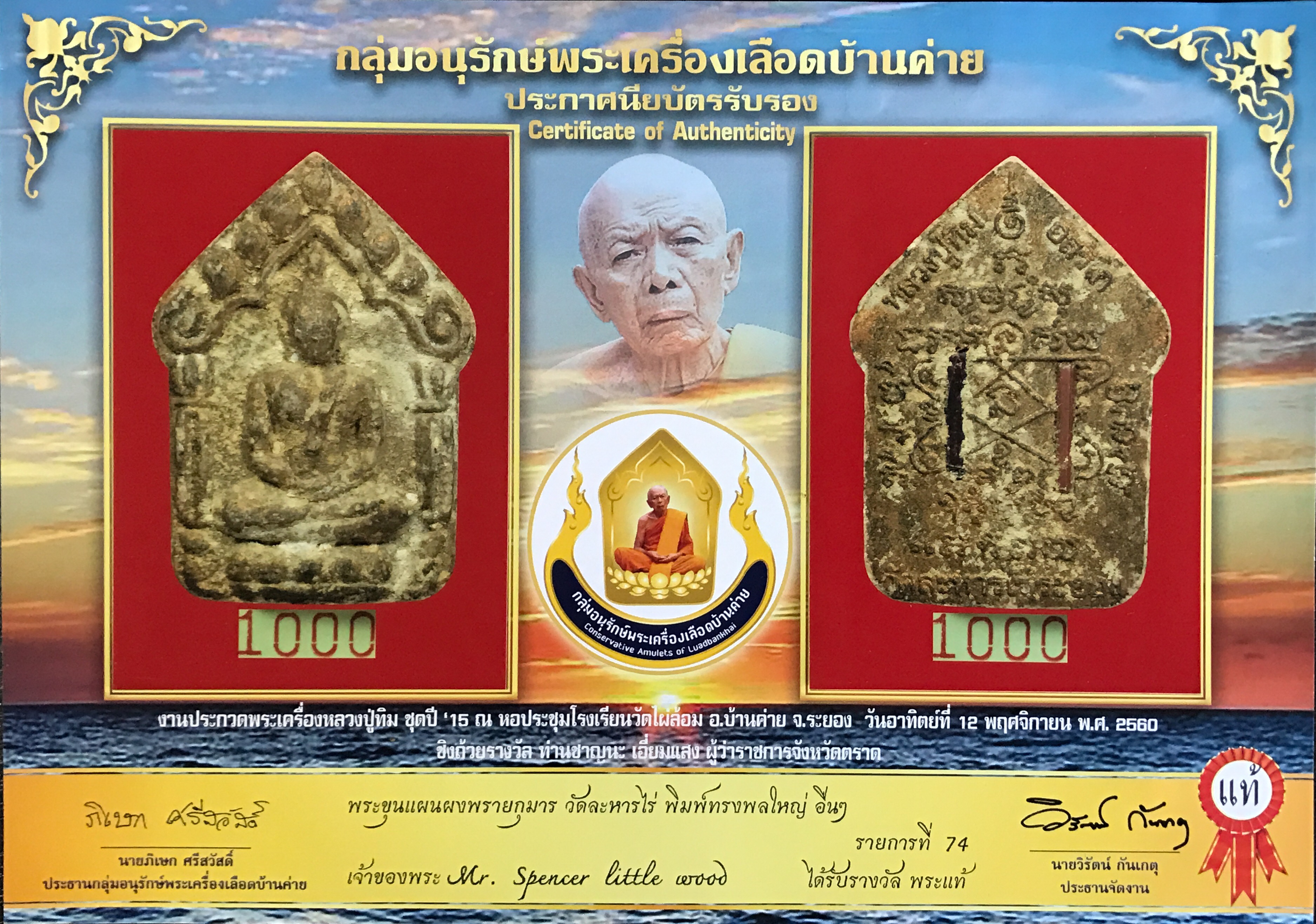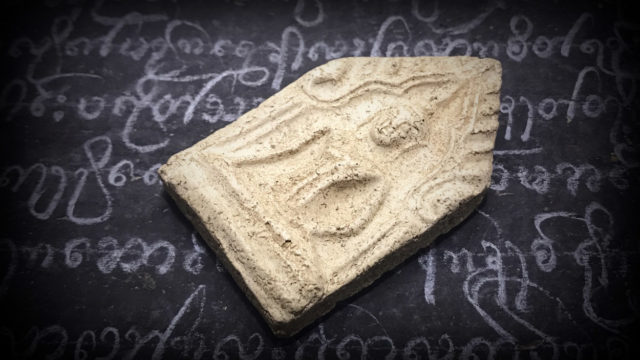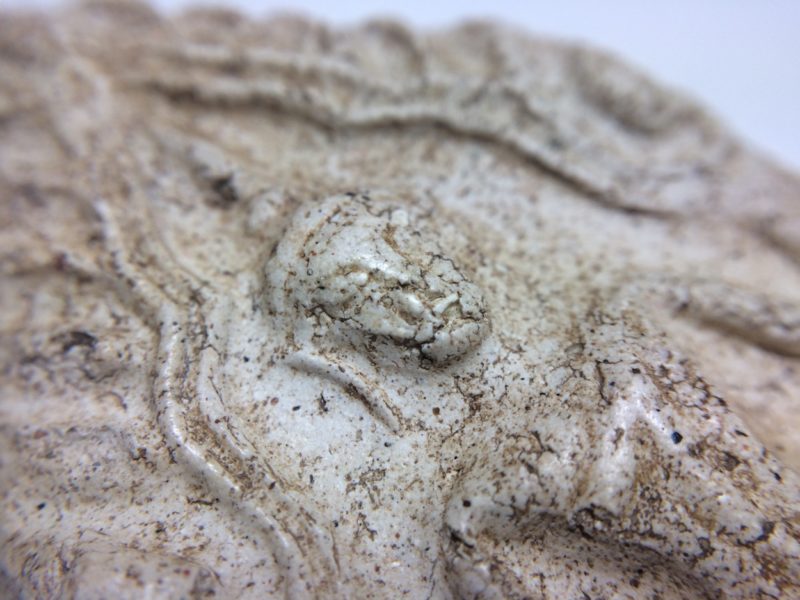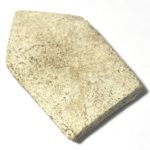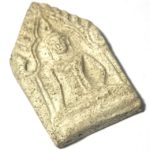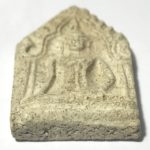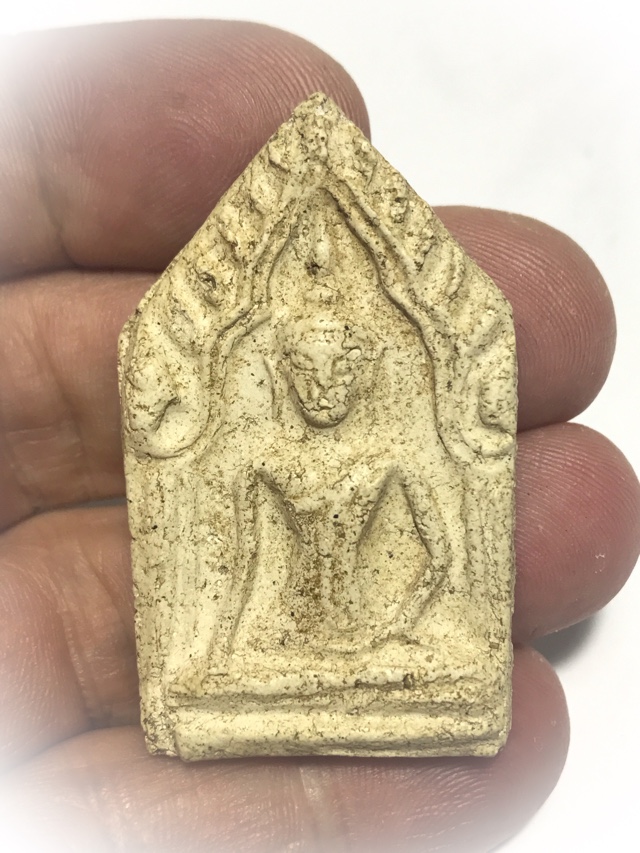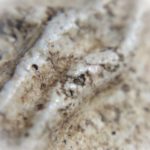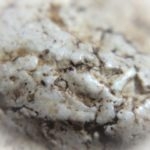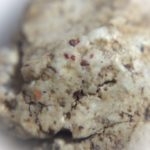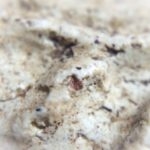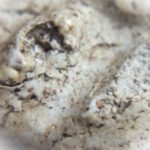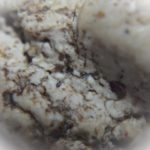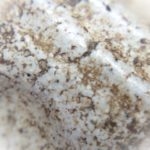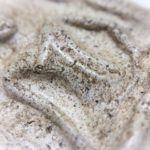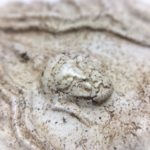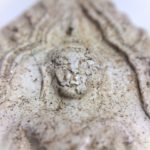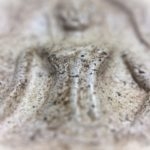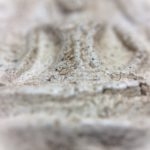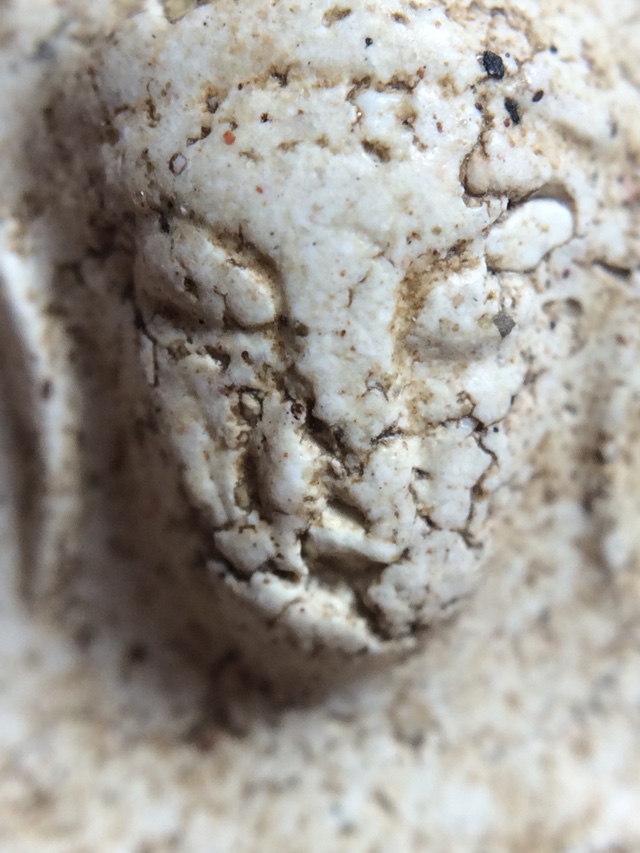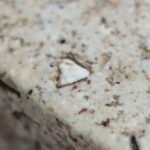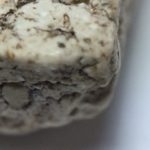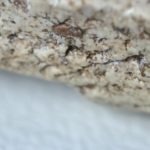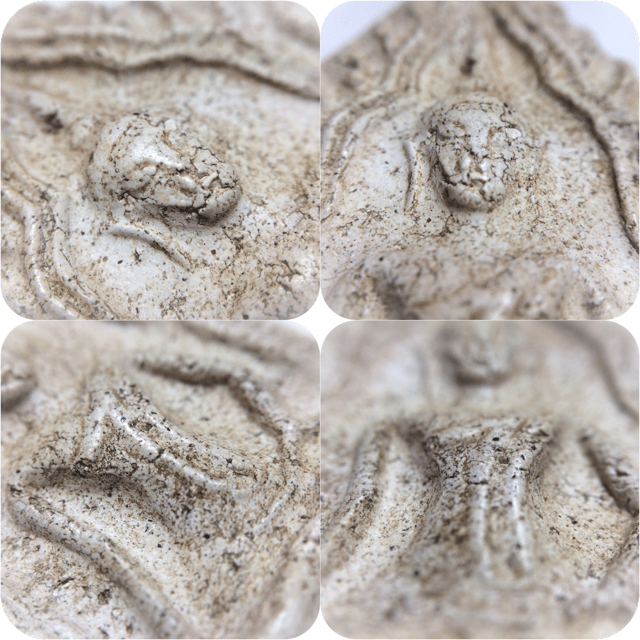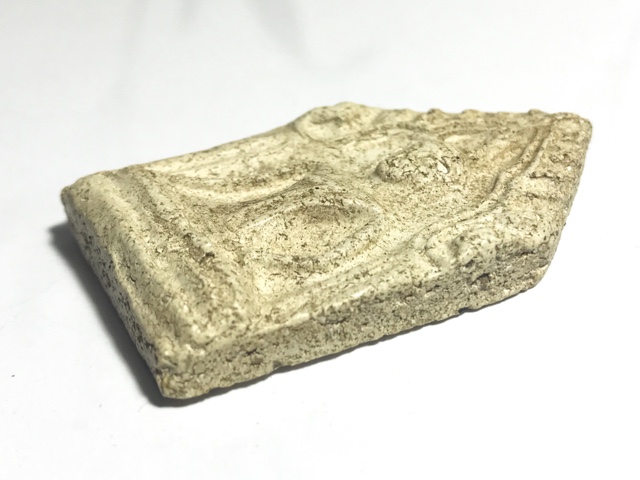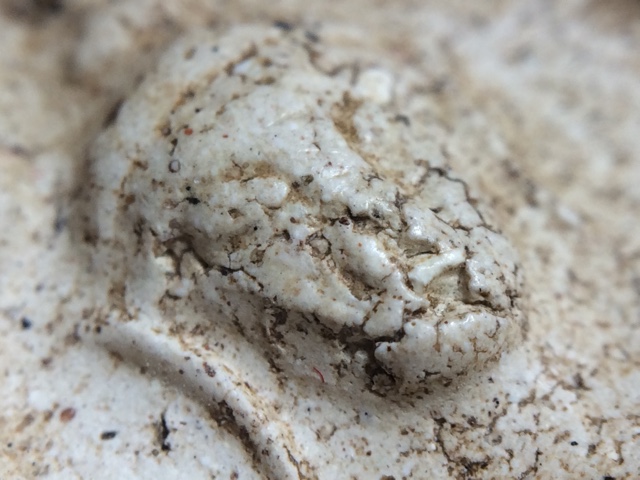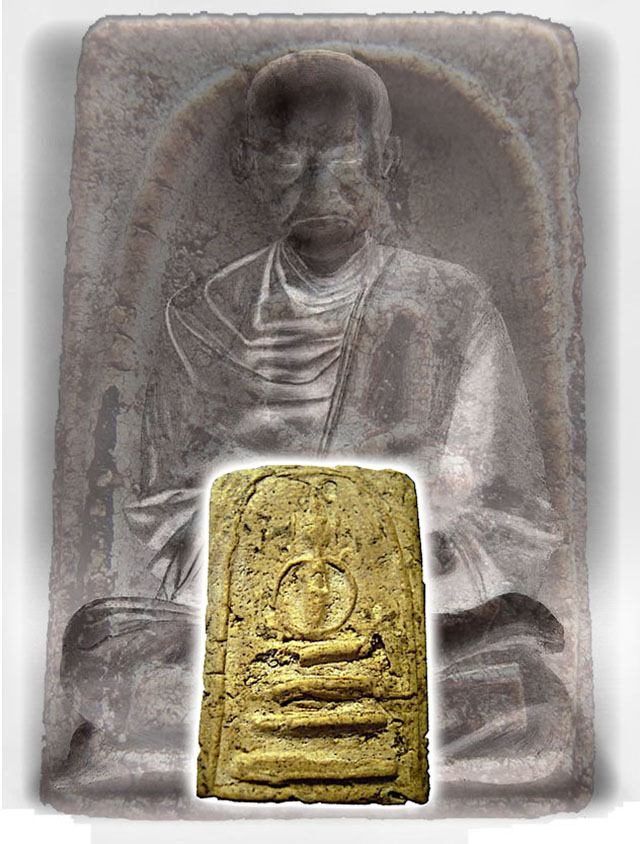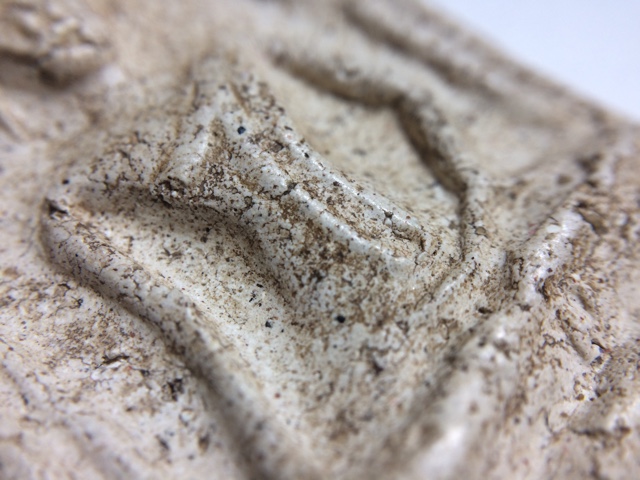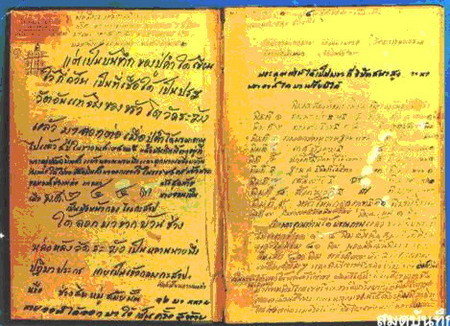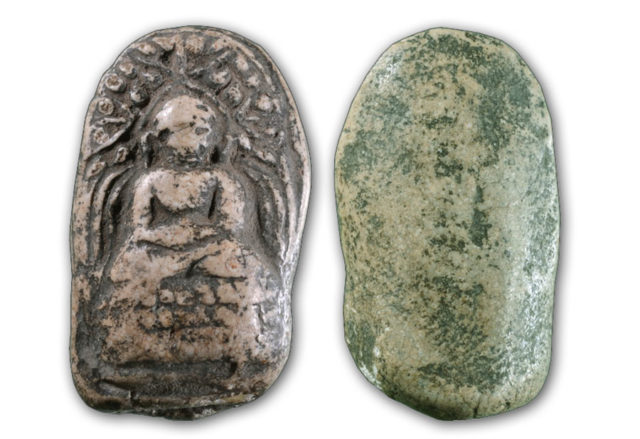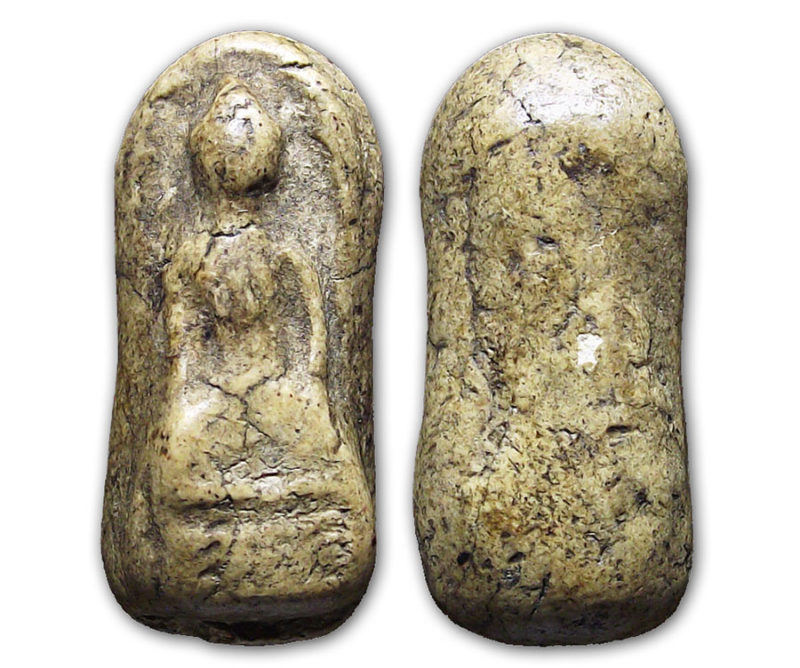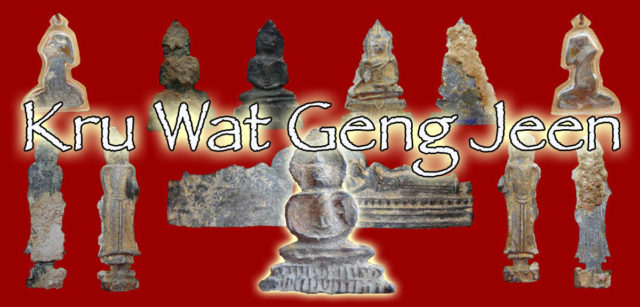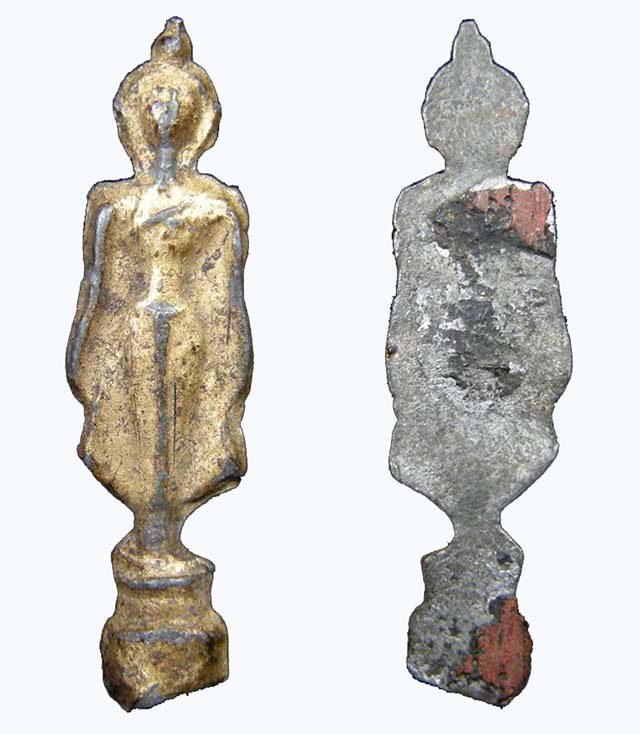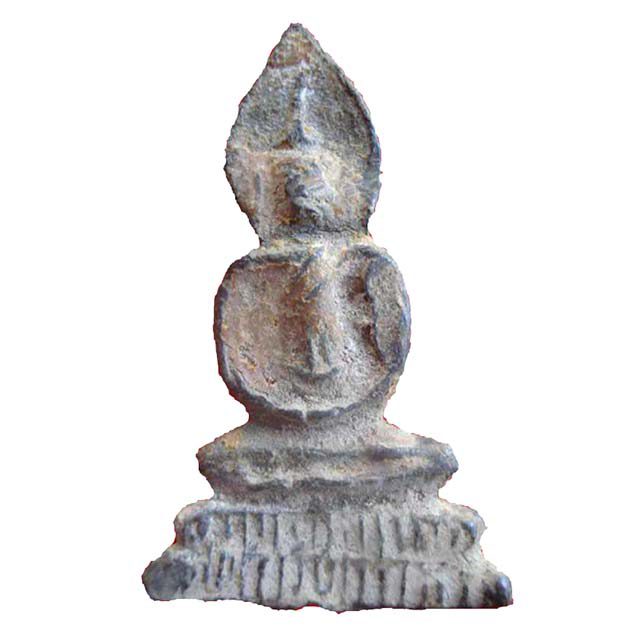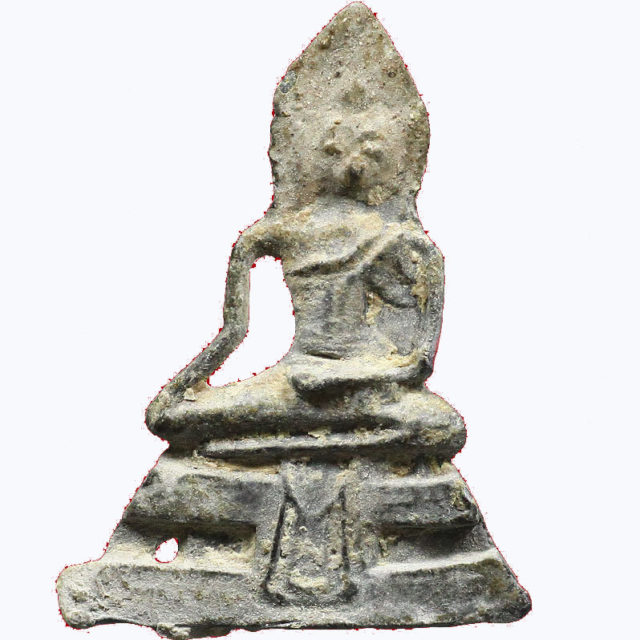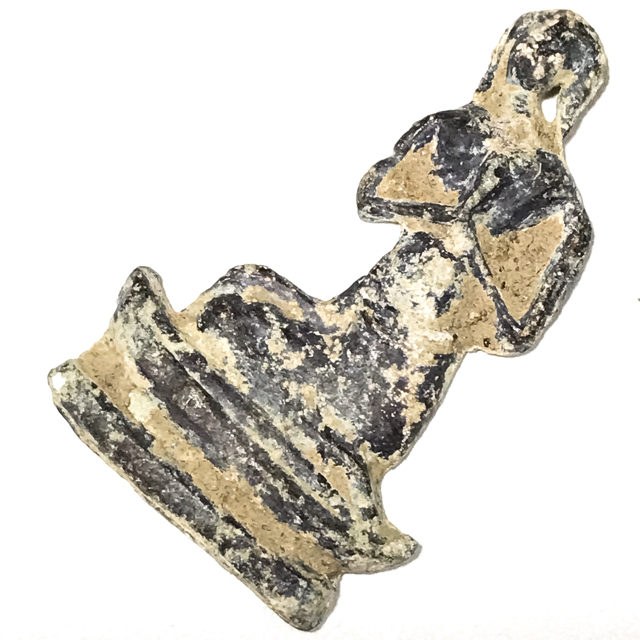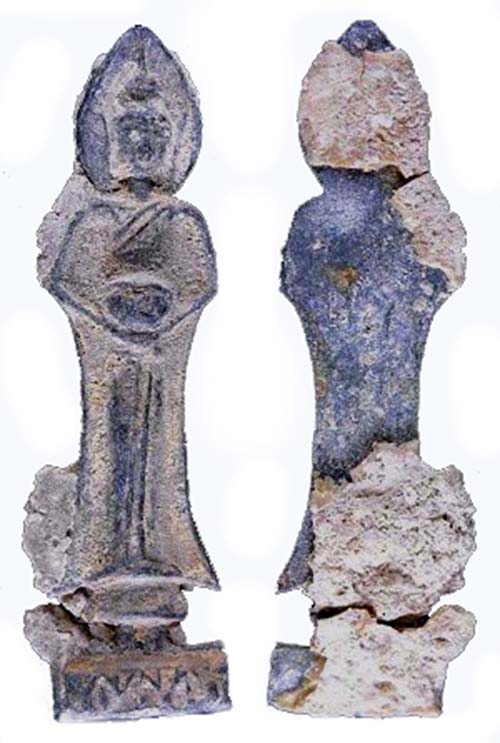Thai amulets, known as “Phra Khruang” or “Krueang Rang,” are deeply embedded in the cultural and spiritual fabric of Thailand. These sacred objects are revered not only for their spiritual significance but also for their historical and cultural value. The tradition of wearing amulets in Thailand is a practice that dates back centuries, intertwining with the country’s religious beliefs, history, and social customs.
The creation of Thai amulets is a diligent and complex ritual process, that involves a blend of spiritual rituals, sacred materials, and artistic craftsmanship. These amulets are often made by revered Buddhist monks, Ruesi hermits, or lay sorcerers who are skilled in mystical arts. The process begins with the selection of sacred materials, which may include powdered herbs, sacred earths, metals, and other substances believed to possess inherent protective qualities. These materials are then mixed with holy water and sacred oils, and often inscribed with ancient scripts or symbols known as “Yant.”
- Yant Rachasri
- Yant Ongk Pra, which has inscriptions saying; “I believe in the Buddha in the Center of the Lotus”
The empowerment of amulets is a crucial aspect, involving the chanting of sacred mantras or “Kata” and the invocation of spiritual entities. This ritual is believed to imbue the amulet with “Itti-rit” or psychic powers, granting it the ability to protect the wearer, bring good luck, or enhance personal attributes such as charm and popularity. This form of magic is known as “Metta Maha Niyom,” which focuses on increasing the wearer’s attractiveness and social influence.
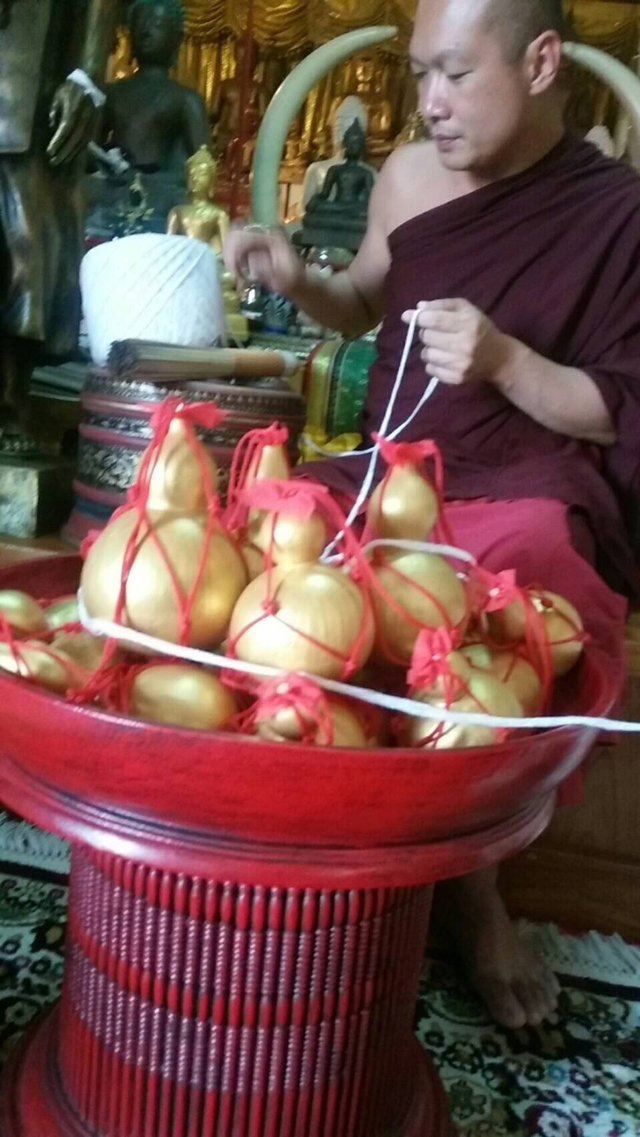
Kroo Ba Nikorn Blessing Nam Tao Gourd Amulets
Thai amulets can be categorized based on their origin, form, or purpose. Naturally occurring objects such as certain types of iron, boar tusks, and tiger fangs are believed to have intrinsic protective qualities and are often guarded by spirits. Man-made amulets, on the other hand, are crafted using sacred clay admixtures or metallurgical processes, often involving ancient alchemical practices.
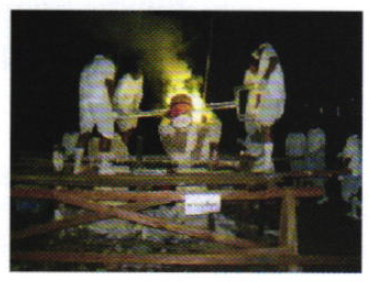
The imagery on Thai amulets varies widely, encompassing depictions of the Buddha, noble monks, Bodhisattvas, Devas, and even gods and demi-gods. Some amulets also feature elements of the dark arts, invoking the spirits of ghosts or otherworldly entities. Despite the diversity in their forms and purposes, all Thai amulets share a common goal: to bring Buddhist virtues and protection to those who wear them.
The historical significance of Thai amulets is profound. They are not only religious artifacts but also cultural symbols that reflect the beliefs and values of Thai society. The practice of wearing amulets is documented as far back as the Rattanakosin period during the reign of King Rama IV, although it likely predates this era, especially considering it is recorded that King Naresuan maharaj wore a Takrut across his chest on a cord, which shows that the practice dates back many centuries more, as well as the Kru Hiding place burial finds which reveal amulets having been made 700-1000 years agot already in Siam. Throughout history, amulets have been used as protective talismans in battles, as symbols of faith, and as objects of personal devotion.
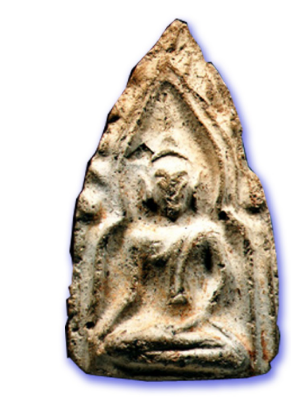
One of the most revered figures in the history of Thai amulets is Somdej Toh, a legendary monk known for his profound spiritual wisdom and the creation of the famous Pra Somdej amulets. These amulets are highly valued for their spiritual efficacy and exquisite artistry, making them sought-after items among collectors and devotees alike. The authenticity and age of these amulets are of paramount importance, requiring a keen understanding of the materials and techniques used in their creation.
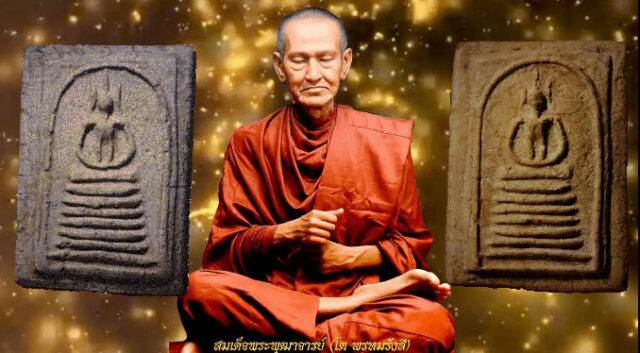
In modern times, the popularity of Thai amulets has only grown, with many people around the world collecting and wearing them for various reasons. Whether for spiritual protection, good fortune, or as a connection to Thai culture, these amulets continue to hold a special place in the hearts of many. The enduring appeal of Thai amulets lies in their ability to bridge the spiritual and the material worlds, offering a tangible connection to the divine and a source of comfort and inspiration in everyday life.
- Somdej Pra Puttajarn (Dto) Prohmrangsri Wat Rakang Kositaram
For those interested in exploring the world of Thai amulets, there are numerous resources available. Websites such as ancientamulet.com and thailandamulet.net, authored by Ajarn Spencer Littlewood, provide extensive information on the history, types, and significance of these sacred objects. These platforms offer insights into the art of evaluating and authenticating antique Thai Buddhist amulets, helping collectors and enthusiasts navigate this fascinating realm with confidence and understanding.
Thai amulets are more than just religious artifacts; they are an integral parts the rich cultural heritage and spiritual beliefs of Thailand. Whether crafted from sacred materials or naturally occurring objects, these amulets serve as powerful conduits of protection, embodying the timeless wisdom of the Buddha and the enduring faith of the Thai people.
